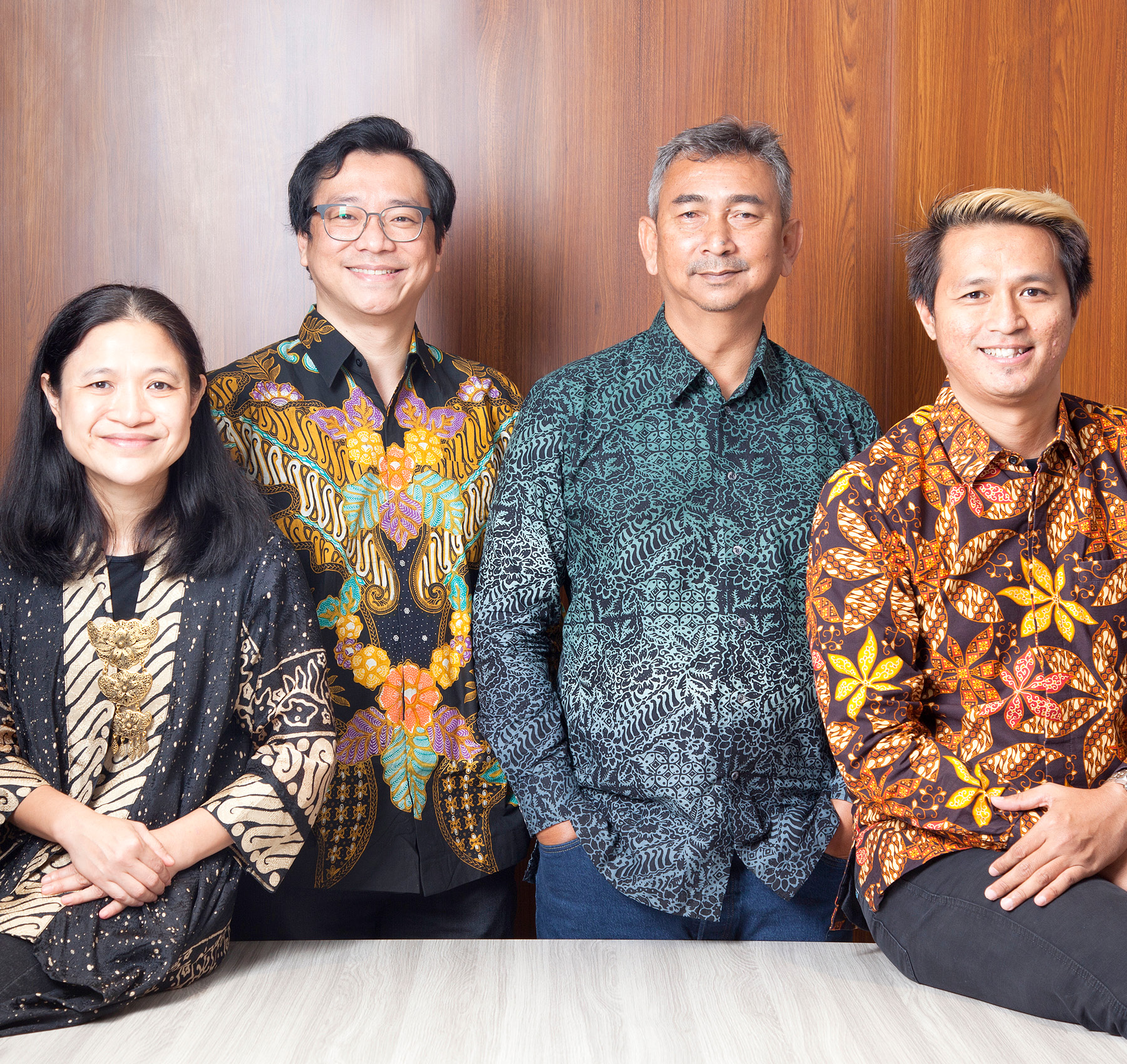Language
You can read the magazine in one of the following languages
Geolocation
You can read the global content or the content from your region


Although Asia is home to some of the fastest-growing economies in the world, the digital divide across the continent is particularly pronounced as the result of limited access to technology and the internet in rural areas and among low-income populations.
This is certainly true in Indonesia, where the disparity has limited the country’s ability to benefit from the digital economy, according to EDOTCO Indonesia Director Utama Azizee Aziz . It’s an issue the company plans to tackle, following its expansion into the Indonesian market in 2022 with the acquisition of approximately 1,000 towers from XL Axiata.
“At EDOTCO, our existence is built around connecting the unconnected and under-connected and is driven by a few key principles – availability, affordability and accessibility,” Aziz tells The CEO Magazine.

“As an independent, integrated telecommunications infrastructure services provider, we play a crucial role in accelerating the country’s digitalization. In supporting national digital ambitions, we strive to support higher internet penetration for underserved areas, bridging the digital divide between urban and rural communities,” he says.
“This naturally leads to increased participation in the digital economy, promoting GDP growth.”
• Just Nice Towers – a lattice configuration of conventional ground-based towers suitable for higher capacity.
• 5G Smart Poles – an integrated solution for 5G structures that cater for urban area deployment with minimal footprint.
• Bamboo Towers – rooftop towers that use bamboo material as a viable and sustainable alternative to reduce dependency on steel.
• Mobile Solutions – infrastructure that is portable on trucks, allowing fast and easy installation in restricted areas to support network coverage during natural disasters or special events.
The telecom industry is pivoting as the world prepares for data demand per capita to triple in the next five-to-eight years. That’s why Aziz believes that industry ecosystem players need to build a new business case to support this increased capacity as the networks become disaggregated and industry consolidation takes place around the globe.
“With the impending rollout of 5G in the next few years, EDOTCO is prepared to support countries with next generation connectivity infrastructure,” he says. “We are currently exploring urban Network-as-a-Service (NaaS) to provide high-speed and low latency internet using shareable small cells in 5G and 4G technologies.”
By advocating for its customers, mainly Mobile Network Operators (MNOs), to share infrastructure, EDOTCO is offering them efficient capital allocation for faster network roll-outs.

“On average, across our footprint markets, we have helped MNOs save between 16 and 35 percent of capex and opex,” Aziz explains. “This will lower the barrier to entry for MNOs and encourage healthy competition at the service level, which will benefit the end-consumer.
“We also intend to deepen sharing across all infra layers including our towers, small cells, street furnitures and managed sites to help our customers to accelerate their service rollout.”

Driven by the promise that digital technology and innovation can transform the future, EDOTCO’s vision is to lead “sustainable and equitable next-generation digital connectivity” in Asia by continually innovating to deliver sustainable growth for its customers, partners and stakeholders.
With innovation so intrinsic to the EDOTCO culture, the company is not only focused on challenging the boundaries of the industry but also on innovating for the good of the environment. ”We understand the challenges in our footprint, including grid availabilities and relevant geo-landscape limitations,” he says.
EDOTCO is among the first telecommunications infrastructure companies in Asia to experiment with alternative materials for tower structures that have similar strengths and can serve the same purpose but with reduced carbon emissions.
“We introduced carbon fiber and bamboo towers that can be installed on rooftops as innovative sustainable solutions,” Aziz says. “Carbon fiber is five times stronger and two times stiffer than steel and can withstand fierce climate conditions. While bamboo towers are 88 percent lighter compared to steel structures and produce 70 percent less carbon emissions.”

Indonesia’s susceptibility to soil movement as a result of earthquakes and volcanic activities make the carbon towers a suitable option for local use, while bamboo towers are great solutions when there is limited land space.
By tapping into its expertise gained over more than 10 years in eight other countries within Asia, and tailoring its offering to the distinct Indonesian market, EDOTCO Indonesia is starting out strong, despite its newcomer status.
“With this regional expertise, we are committed to providing reliable and innovative telecommunications infrastructure solutions that connect communities and drive economic growth for the country,” Aziz says.